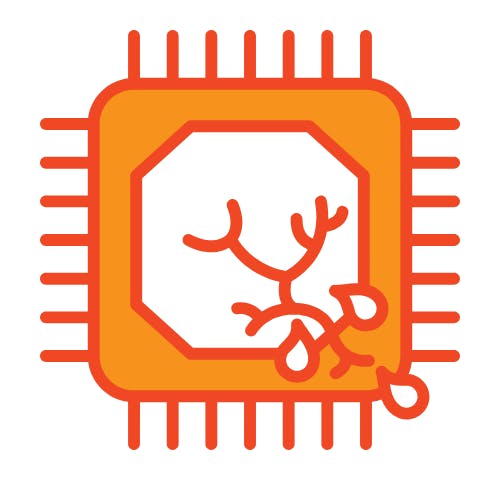Find Bugs and Increase Security using Fuzzing and TrustInSoft

Go beyond traditional fuzzing for enhanced bug detection
No amount of fuzzing alone will catch all undefined behavior. This leaves code vulnerable to buffer overflows, use-after-free, and other potentially dangerous memory safety vulnerabilities. Using fuzzing alone can help you prove that code is incorrect, but not prove that it is correct.
Trial TrustInSoft Analyzer
Limitations of Traditional Fuzzing Approaches
While effective, fuzzing alone has inherent limitations, including coverage gaps, false positives, and resource intensity. Fuzzing alone cannot guarantee complete coverage of all possible execution paths and input combinations. This can lead to missed vulnerabilities in critical code sections. Fuzzing can generate false positives, requiring manual effort to investigate and dismiss non-issues. This wastes valuable developer time and resources. It can also be computationally expensive and time-consuming, requiring significant resources and extended testing periods

Formal Verification for Unparalleled Memory Safety
TrustInSoft Analyzer is an exhaustive code analysis tool employing formal methods to provide mathematical proofs of the absence of critical software bugs and undefined behaviors in C and C++ code. It surpasses traditional testing by ensuring memory-safe software and detecting runtime errors, memory leaks, and vulnerabilities that other tools miss, guaranteeing memory safety.

The Synergy of Fuzzing and TrustInSoft Analyzer
TrustInSoft Analyzer enhances fuzzing by integrating with tools like AFL, a popular coverage-based grey-box fuzzer, enabling fast and efficient analysis. TrustInSoft Analyzer adds formal verification to the fuzzing process by taking generated inputs and repurposing them to conduct deeper analyses, catching problems that traditional fuzzing may miss. TrustInSoft Analyzer provides software security verification with no false negatives, ensuring reliability and trust and guides fuzzing efforts by identifying code areas that require more focused testing, maximizing coverage and efficiency. By focusing fuzzing efforts on areas identified as potentially problematic, the integration maximizes the effectiveness of both techniques. By prioritizing fuzzing efforts based on static analysis findings, vulnerabilities are discovered more quickly, saving time and resources.